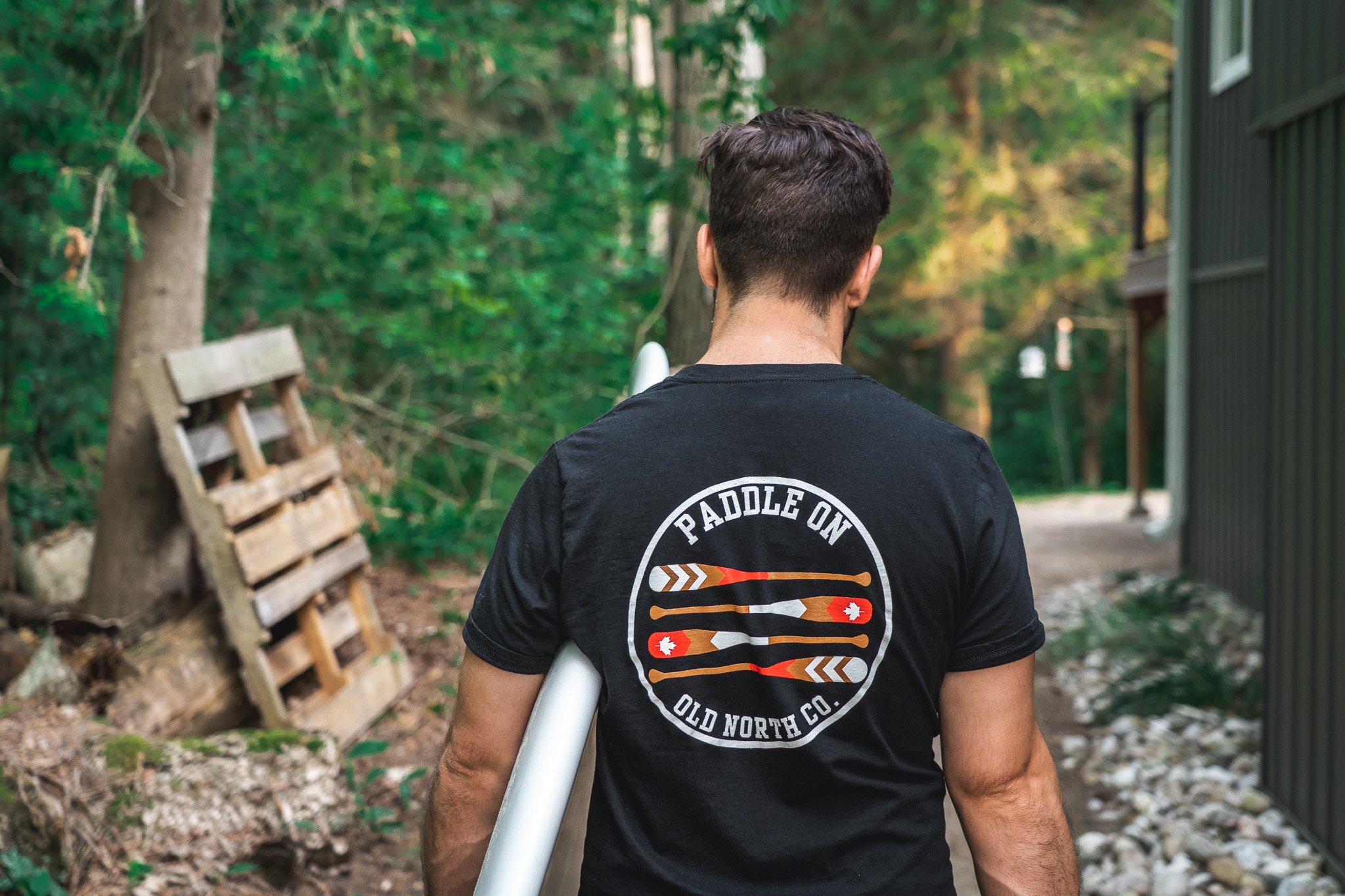How to Improve Your Product Pages with Storytelling
Product pages are some of the most important pages on any brand’s website… so why are a lot of them so boring?
When crafting product pages, a lot of brands focus solely on the product itself, which is understandable, considering the brand has likely spent a great deal of time developing the product. But, to connect with your target customer and turn them into brand loyalists, your product pages, like all other marketing you do, need to go beyond your product, and really showcase why a potential customer should get behind your offering.
Given that product pages are one of the last pieces of marketing material that potential customers view before they make a purchase (or not), these pages should be optimized to drive sales. One of the best ways to do that is through storytelling. Ready to find out how? Here are two simple shifts your brand can try today to help improve your product pages and start engaging more customers:
Focus on the Why Behind Your Product
When writing product descriptions, most brands focus on describing their product’s features. In essence, their product descriptions showcase what their product does. While all product pages should identify the features of a product, you shouldn’t start your product descriptions with them. Instead, you should start with the why behind your product.
Potential customers become brand loyalists not necessarily because of the products they sell, but rather the why behind their business. By why, I mean the values the brand believes in and the lifestyle they embody. Sure, strong products with solid features will definitely help keep your customers happy after they’ve purchased from you. But, to get to the point where your customers actually make a purchase, they have to believe in what your business stands for. That’s why your product descriptions should lead with your why.
To achieve this with a product description, start by telling a mini story to set the stage for your product and its features. For example, if you’re an outdoor adventure clothing brand trying to sell gloves for winter treks, you could discuss how your company developed these new gloves out of necessity after trekking through snow-covered forests and mountain passes. By setting the stage with this story, your potential customers that also enjoy winter treks will connect more with your product right from the start, and will therefore end up being more interested in the product itself and its features once they get to that part of the product description.
Need help writing product descriptions? Reach out today and we’d be happy to chat about improving your brand’s copywriting through storytelling.
Incorporate Lifestyle Photography
Similarly to product descriptions, a lot of product pages utilize standard product photos with a white background, focusing solely on the product and its features. Standard product photos are definitely necessary for a good product page, but the goal is to, again, connect with your target customer so that they can actually envision themselves using your product in their day-to-day lives. One of the best ways to do that is through lifestyle photography.
Lifestyle photography essentially shows your product being used in a relevant, every day scenario. Drawing back to the example mentioned earlier, if you’re selling high quality winter gloves for snowy adventures, your product page could include a few photos of people actually using your gloves out on snowy adventures. Lifestyle photos like this, again, help your product pages go beyond basic, feature-heavy product descriptions, and help your potential customers associate your product with a lifestyle that they already believe in and enjoy, increasing the chances that they actually consider your product and ultimately purchase it.
Want to start telling your brand’s story through photography? We provide commercial photography services in the Toronto area. Reach out today to discuss how lifestyle photography can transform your brand.
Conclusion
Product pages are some of the most important pages on a brand’s website. However, a lot of brands focus too much on the features of their products, and not the story behind them. To connect with your potential customers, start your product descriptions with a short story, showcasing why your brand created the product. Next, combine standard product photos with lifestyle product photos to not only showcase your products in action, but also help align your products with the lifestyle your potential customers believe in.

